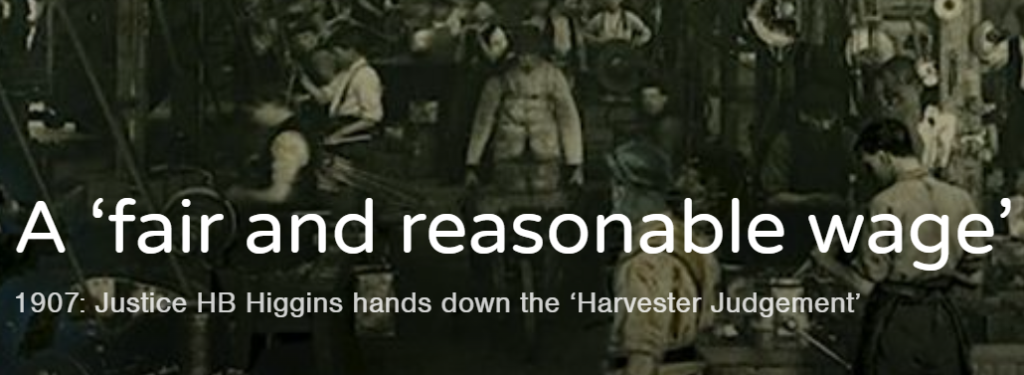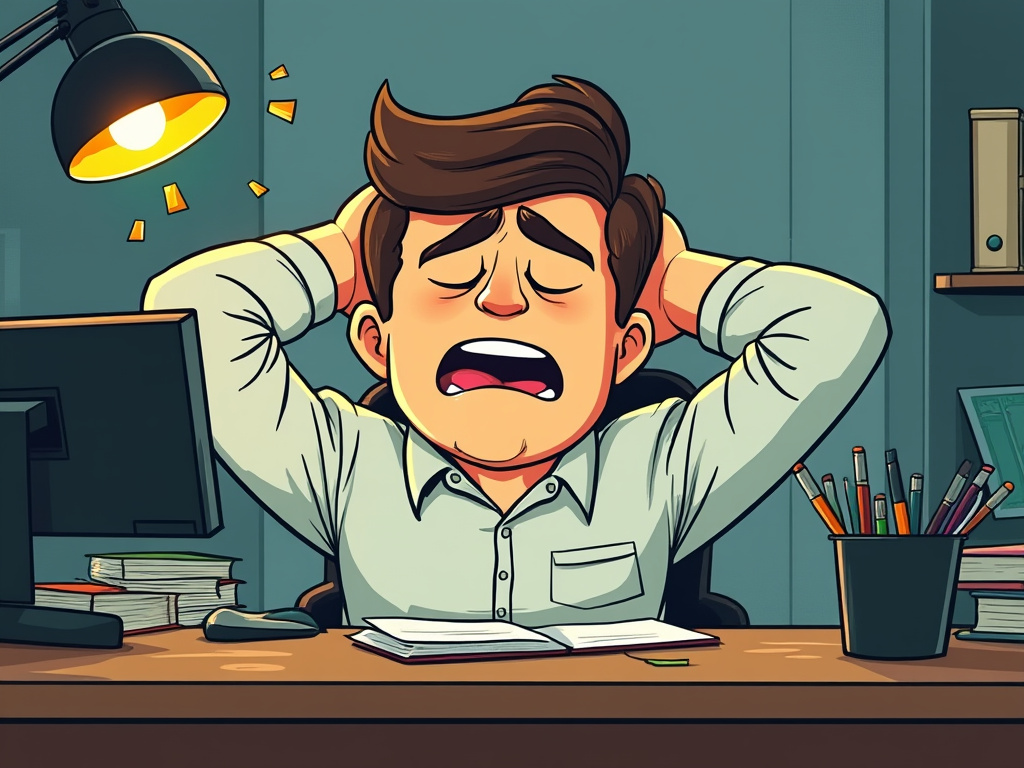
Another calendar year ends; it’s time for VJM Publishing to predict the next one. Our predictions for last year went reasonably well – maybe we can do better?
It’s easy to predict that the world, especially the Western World, keeps going down the toilet. This is hardly a prediction and more of an extrapolation of trends that we’re all familiar with. Thus, this article will make some more specific predictions.
Most specifically, these predictions suggest that the biggest changes in 2025 will be inside people’s minds more than outside in the world.
VJMP predicts a massive increase in the use of alternatives to alcohol in 2025. This has already been hinted at with the ‘California Sober‘ phenomenon. At least some major Hollywood or other celebrities will come out and say they have given up alcohol for cannabis. Alcohol will come to be seen as trashy by many, especially young people.
Alternatives to pharmaceuticals will generally become popular, following from increasing awareness of the side-effects of antidepressants and antipsychotics. Many will realise that, against received wisdom, cannabis is actually good for most mental illnesses, especially when taken in the form of CBD (cannabidiol) oil.
We can also predict a massive decrease in support for Establishment parties in the West. So much so that the Establishment takes measures to crack down on free speech. Specifically, we predict that some major European countries (probably Britain) will ban X and other free-speech platforms, rather than continue to face criticisms.
Related to this, we predict mass demonstrations against the Establishment in 2025. At least one of these demonstrations will spiral out of control and lead to government crackdowns. Rioting will paralyse some major cities in America and Europe for days.
In general, politics will return to the streets. The tendency since the Howard Dean primary campaign of 2004 has been for ever more online politics. But, in recent years, online spaces have been censored so hard that only approved messages get through. This will mean that people return to meatspace. Politics will go back to town halls, rallies and info stalls on major shopping streets.
Perhaps our grimmest prediction is that suicides will hit record highs in 2025. This will be a function of a low value placed on life, economic malaise and general existential angst. The night is darkest before the dawn, and the Sun isn’t rising just yet. This record suicide rate will particularly afflict the under-35s, who will be driven even further into despair by housing unaffordability.

Some more specific predictions can be made.
We can predict at least one major assassination. Assassinations were a feature of the end of the Roman Empire, with the degenerate nature of Roman society causing a lack of appreciation for the value of life. There’s also such a lack of appreciation in the Clown World of 2025. We have already seen the lionisation of Luigi Mangione after his shooting of United Healthcare CEO Brian Thompson. An assassination of a major industrialist, on the Musk/Zuckerberg/Gates/Brin/Page level, is more possible in 2025 than at any time after the Gilded Age.
Related to this loss in appreciation for the value of life, we predict America to go to war against Iran in some form. This will not be because Trump wants it, but because America gets drawn in by the realities of power. America might get tricked into it by Israel. It might be that Israel bombs themselves and blames Iran for it.
We predict Trump to take office without incident, but for the fireworks to begin after this. There will be a return of Black Lives Matter and other leftist authoritarian movements. They will play a major role in the rioting predicted above, and may also be involved in the assassination. In either case, the masses will start noticing the globalist hands pulling the Antifa strings.
In the tech world, we predict the demise of Google Search, replaced by relatively uncensored AI alternatives such as Grok. FaceBook will also die, for similar reasons. Censorship – and having a reputation for censorship – will kill several billion-dollar platforms as genuine free-speech alternatives become popular. A free-speech alternative to Amazon, carrying thousands of books that Amazon refuses to sell, may arise.
AI will become powerful enough that 15-year olds can make movies good enough to earn millions (hat tip: JR Mooneyham). People that young will also make some influential video clips and music.
In New Zealand, we predict that the Sixth National Government will collapse due to a falling out between New Zealand First and ACT along nationalist-globalist lines. Winston Peters will realise that 2025 is his last chance to take a stand against globalist encroachment, and will force a snap election. Despite this skullduggery, New Zealand First will get voted out. A new populist nationalist movement will take this space in Parliament.
In Europe, we predict the ongoing rise of left-wing nationalism along the Sahra Wagenknecht model. This will rise not at the expense of right-wing nationalists, who will continue to support parties like the AfD, but of left-wing globalists like the SPD and the Greens. These left-wing globalist parties will suffer from a strong shift towards anti-immigration sentiments.
In Asia, we predict a minor military incident to be blown out of proportion by Western media in an effort to manufacture consent for a war against China. This warmongering will be a feature of Western media propaganda for the whole of 2025, as European powers look to take down Russia and the Anglo colonies look to take down China.
On top of all this, we predict general weirdness to increase. Highly surreal occurrences will make billions of people question their grip on reality. Undiagnosed schizophrenia will hit levels unprecedented in modern history.
*
For more of VJM’s ideas, see his work on other platforms!
For even more of VJM’s ideas, buy one of his books!
*
If you enjoyed reading this piece, buy a compilation of our best pieces from previous years!
Best VJMP Essays and Articles of 2023
Best VJMP Essays and Articles of 2022
Best VJMP Essays and Articles of 2021
Best VJMP Essays and Articles of 2020
Best VJMP Essays and Articles of 2019
Best VJMP Essays and Articles of 2018
Best VJMP Essays and Articles of 2017
*
If you would like to support our work in other ways, make a donation to our Paypal! Even better, buy any one of our books!





